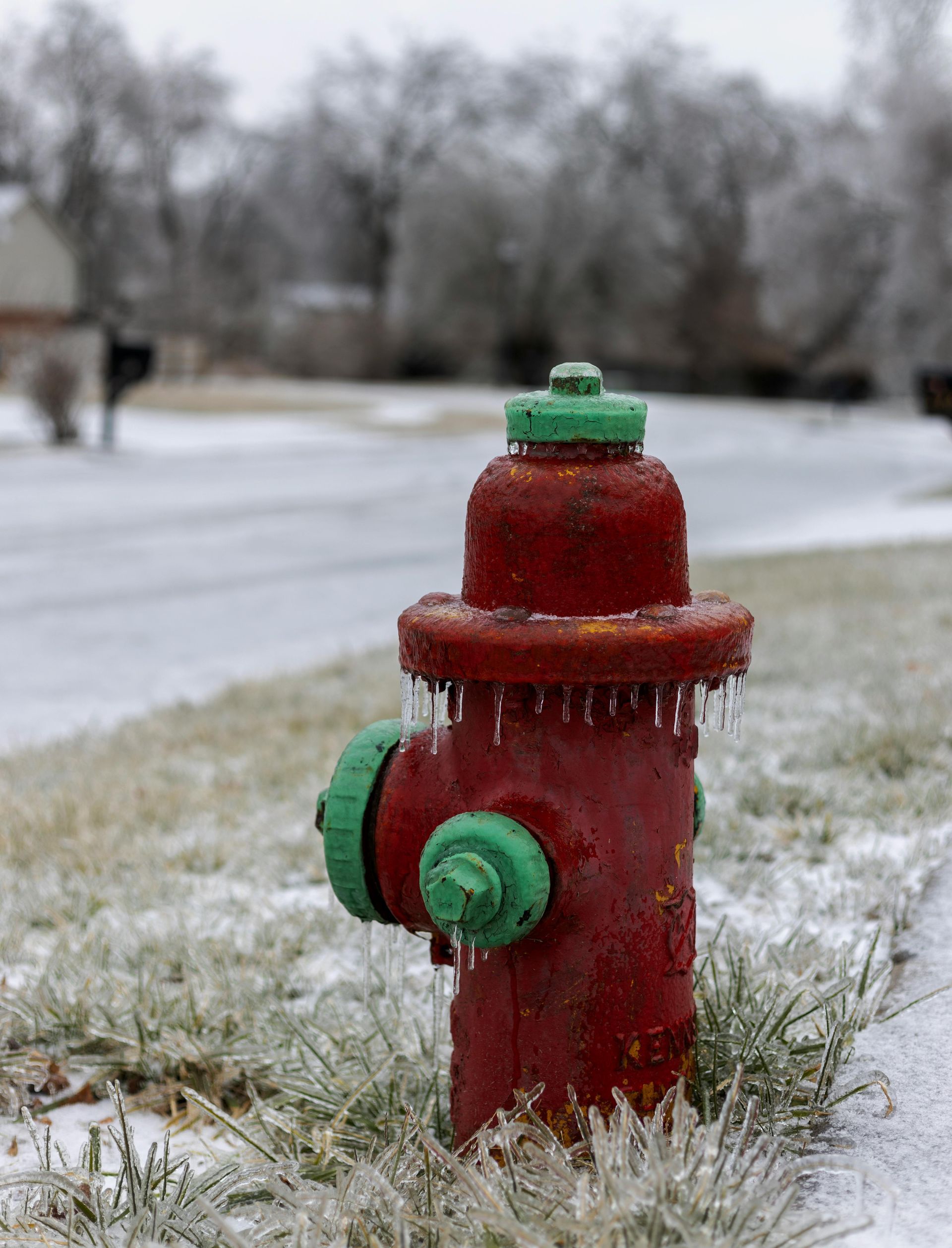Winterizing Your Home: Prepare for Freezing Temperatures and Stay Safe During Icy Weather
A freeze is coming. What now?

As winter approaches, preparing your home for freezing temperatures and icy conditions is essential to ensure safety, prevent costly damage, and keep your family comfortable. This guide covers everything you need to know about winterizing your home, what to do if your pipes freeze, and how to protect yourself and your property from ice.
1. Winterizing Your Home
Seal Drafts
- Inspect windows and doors for drafts and use weatherstripping or caulking to seal any gaps.
- Install storm windows or thermal curtains to reduce heat loss.
Insulate Your Pipes
- Wrap exposed pipes in unheated areas with foam insulation or heat tape to prevent freezing.
- Pay extra attention to pipes in attics, basements, and crawl spaces.
Check Your Heating System
- Schedule a maintenance check for your furnace or heat pump.
- Replace air filters and test thermostats for proper functioning.
Clean Gutters and Downspouts
- Remove leaves and debris to prevent ice dams from forming, which can damage your roof and gutters.
Reverse Ceiling Fans
- Set ceiling fans to rotate clockwise to push warm air down into the room.
2. Preparing for Freezing Temperatures
Stock Emergency Supplies
- Keep extra blankets, batteries, flashlights, and a supply of non-perishable food and water on hand.
- Have a backup power source, like a generator, in case of outages.
Protect Outdoor Faucets and Sprinklers
- Disconnect hoses and cover outdoor faucets with insulated covers.
- Drain irrigation systems to avoid burst pipes.
Inspect Your Roof
- Check for loose shingles and repair them to prevent leaks from melting ice or snow.
- Ensure proper attic insulation to reduce the risk of ice dams.
3. What to Do if Your Pipes Freeze
Signs of Frozen Pipes
- Lack of water flow from faucets.
- Frost on the exterior of pipes.
Steps to Thaw Frozen Pipes
- Turn on the faucet to allow water to flow once the ice melts.
- Apply gentle heat using a hairdryer, heating pad, or warm towels.
- Avoid using open flames or torches, as they can damage the pipe or cause a fire.
- Start thawing near the faucet and work your way back to the frozen section.
When to Call a Professional
- If you’re unable to locate the frozen section or notice any leaks, call a plumber immediately.
4. Protecting Yourself and Your Home from Ice
Prevent Ice Around Your Home
- Spread sand or salt on driveways, walkways, and steps to reduce slipperiness.
- Install handrails for added stability on stairs.
Dealing with Icy Conditions
- Wear shoes or boots with good traction to avoid slips and falls.
- Clear icicles from eaves and overhangs safely to prevent them from falling on people or pets.
Protect Your Roof
- Use a roof rake to remove snow buildup, reducing the risk of ice dams.
- Install ice melt cables if your home is prone to heavy icing.
Final Thoughts
Taking proactive steps to winterize your home and prepare for icy conditions can save you from stress, expenses, and potential hazards. With proper preparation, you’ll stay warm, safe, and worry-free all winter long.
If you’re looking for more tips or need assistance with home maintenance, feel free to reach out to your trusted local experts. Stay warm and safe!


WANT TO BUY OR SELL A PROPERTY?
Fill Out the Form Below
Contact Us
We will get back to you as soon as possible.
Please try again later.
ABOUT CINDY COGGINS
We are the number one stop in the region for buying and selling luxury real estate in Allen Texas.
LOCATION
1002 Raintree Circle, Suite 100
Allen, TX 75013







